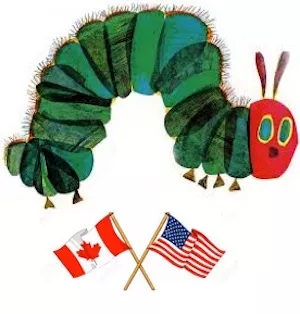
Latitudinal gradients in induced and constitutive resistance against herbivores
Plants have more “personality” in Canada than the United States. When plants are attacked by herbivores, they can defend themselves using either their constitutive baseline levels of defence or they can upregulate their defence (induced defence) in response to cues that will help them prevent further damage. These induced defences are a form of phenotypic plasticity, or a plants behavior or “personality” in response to enemies. But how does this vary along environmental gradients, such as the latitudinal differences like those found from Canada to the USA? PhD student Daniel Anstett and undergraduate student Alice (Wen) Chen have answered this question in their recent paper “Latitudinal gradients in induced and constitutive resistance against herbivores” in Journal of Chemical Ecology. In their paper, they show that while constitutive defences in common evening primrose plants are greater in warmer climates of the USA (as generally predicted), induced defences are greater in more temperate regions like Canada. This suggests that plants have evolved more plasticity in their defences up north, defending themselves with costly chemical defences only once they are first attacked! Congratulations Daniel and Alice!
